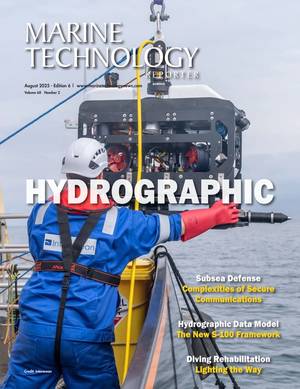Protecting Nature is Not Only About Preserving Beauty
CITES Secretary-General Ivonne Higuero spoke on November 23 in Samarkand, Uzbekistan, saying: “Protecting nature is not only about preserving beauty; it is about safeguarding life itself for future generations.” She was recounting an Uzbek conservation principle.
The government of Uzbekistan is hosting the 20th meeting of the Conference of the Parties to CITES this week. The conference on the Convention on International Trade in Endangered Species of Wild Fauna and Flora (CITES) runs from November 24 to December 5 with 185 parties working to ensure that international trade in wild animals and plants is sustainable, legal, and traceable.
At the conference, the Wildlife Conservation Society (WCS) has urged governments to act decisively to halt the accelerating collapse of global shark and ray populations.
More than 37% of all shark and ray species are now threatened with extinction. For species in international trade, that risk nearly doubles, and new genetic testing from major markets shows far more shark products in circulation than appear in official CITES records, revealing pervasive illegal and unreported trade.
Globally, populations of pelagic sharks living on the high seas have collapsed by over 70% in just 50 years, and reef sharks are now functionally extinct on one in five coral reefs surveyed worldwide. Without immediate, coordinated action, many species will disappear entirely.
The proposals before the parties at the conference – co-sponsored by more than 50 governments – represent the most comprehensive suite of shark and ray protections ever brought to the Convention. Adoption would bring nearly the entire global fin trade and the majority of shark meat trade under CITES control.
Luke Warwick, Director of WCS Shark & Ray Conservation, said: “CoP20 is a test of global will. Species like oceanic whitetip sharks, manta rays, and whale sharks cannot withstand commercial trade. The science is unequivocal, and the tools and support to implement CITES already exist for governments once listings pass. CITES Parties must act before these animals disappear from our oceans entirely.”
The proposed actions would align CITES with the Convention on Migratory Species (CMS) and all major tuna Regional Fisheries Management Organizations, which already prohibit retention of many of these species. Free ID guides, genetic tools, and enforcement resources are available to governments to support rapid implementation.
Alongside WCS, the Manta Trust has highlighted the risks to manta and devil rays (mobulids) and is urging action on these species after the first scientifically robust estimate of mortality worldwide indicates 265,000 individuals killed every year.
The report, Global manta and devil ray population declines: closing policy and management gaps to reduce fisheries mortality, provides a comprehensive global review of mobulid fisheries. The study identifies small-scale fisheries (<15 meter vessels) as the source of 87% of mobulid deaths, with the highest-risk hotspots located in India, Indonesia, Sri Lanka, Peru, and Myanmar. Mortality mostly occurs in drift gillnets which are non-selective, and retention is largely driven by demand for gill plates (as a medicinal tonic with no scientific evidence to support it) in international markets and, to a lesser extent, meat consumption.
Despite nearly a decade of international protections under CITES Appendix II and CMS Appendices I and II, as well as national measures in over 40 countries, enforcement gaps and ongoing exploitation continue to push mobulids toward extinction.
CITES entered into force 50 years ago, and in Higuero’s address she acknowledges the five decades of tireless work to ensure that international trade in wild animals and plants does not threaten their survival. “That principle is as relevant today as it was in 1975, perhaps even more so, because pressures on wildlife have never been greater.
“Population growth, globalization, shifting markets—these forces are accelerating. And yet, CITES stands strong: science-based, trade-focused, and resolute against illegal trade. CoP20 will set the course for the next 50 years.”
The agenda is ambitious: 120 documents, 350 decisions, and over 250 species—from okapi and hyenas to ginseng and Brazilwood, and aquatic species like sea cucumbers, eels, sharks, and rays.
“This meeting is our opportunity to chart a sustainable path forward. Let us unite to strengthen the Convention and champion multilateralism—so that wild species thrive, ecosystems flourish, and the legacy we pass on to future generations is one of resilience and hope.”


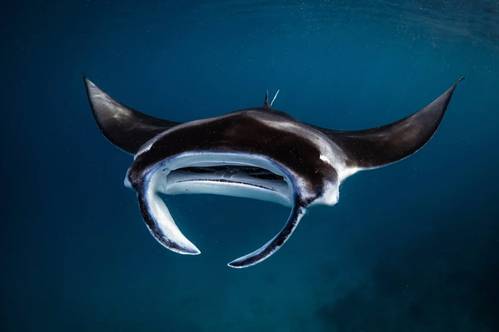
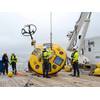

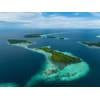











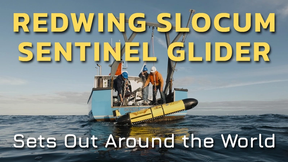
 August 2025
August 2025
